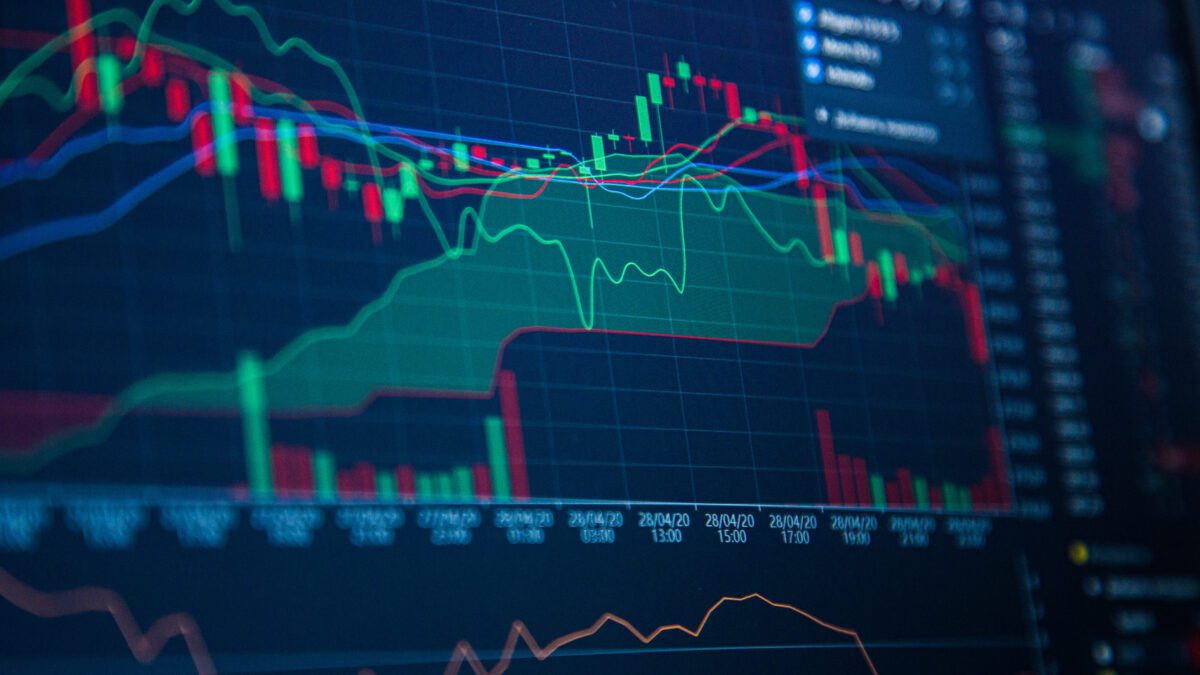With investment bankers focusing on AI and machine-learning algorithms to help their trading, it makes sense for retail investors to think about what AI can do for them. To avoid confusion, we are talking here about using an AI platform to invest, and not about investing in the shares of AI companies. That is a different topic altogether.
There are several AI-driven investment platforms coming to market and there are significant differences between them. This is because there are a few different approaches that the people building these AI platforms can take.
Some focus on building an AI that can do an amazing job when it comes to picking stocks. Others focus on having the AI work out what an individual user’s preferences and life goals are and then building a portfolio specifically designed for that individual.
One of the more exciting platforms is SkopeAI. The team there is headed by former Goldman Sachs managing director, Erkko Etula, and former NYU adjunct professor, Dr John Nay. They began work on their platform in 2021 using AI and quantitative investment technologies.
The aim, they say, is to help investors to avoid the fees they would otherwise have to pay to fund managers. Instead, investors will be able to use the platform to build portfolios that reflect their own values, interests and goals.
According to the duo the platform is designed to scan millions of data points to construct the optimal portfolio, using quantitative techniques that would normally only be available to much larger investors.
Another platform comes from a firm called LevelFields. Its offering is what it calls an event-based analytics platform. This is designed to analyse news feeds to pick up on tradable market patterns, the idea being to allow the retail investor to trade like a professional.
The idea, according to LevelFields, is to enable retail investors to pick up on and forecast the impact of developing events on stock prices. The platform screens things such as company stock filings, social media and news content related to some 6,000 stocks. The point is to identify patterns that will significantly impact the price of affected stocks in the days and weeks ahead.



